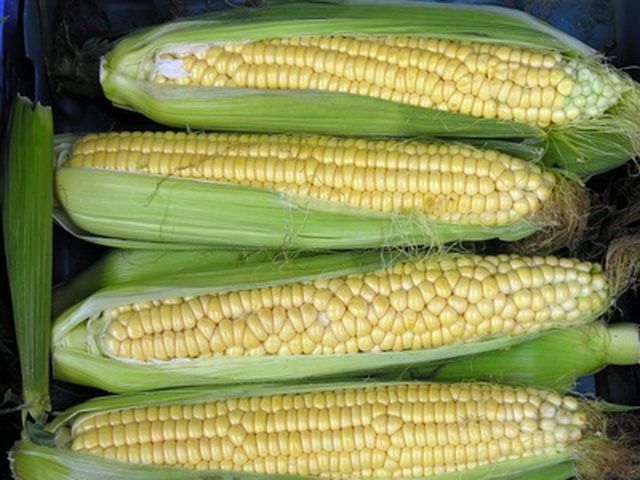Bulbs
Flower Basics
Flower Beds & Specialty Gardens
Flower Garden
Garden Furniture
Garden Gnomes
Garden Seeds
Garden Sheds
Garden Statues
Garden Tools & Supplies
Gardening Basics
Green & Organic
Groundcovers & Vines
Growing Annuals
Growing Basil
Growing Beans
Growing Berries
Growing Blueberries
Growing Cactus
Growing Corn
Growing Cotton
Growing Edibles
Growing Flowers
Growing Garlic
Growing Grapes
Growing Grass
Growing Herbs
Growing Jasmine
Growing Mint
Growing Mushrooms
Orchids
Growing Peanuts
Growing Perennials
Growing Plants
Growing Rosemary
Growing Roses
Growing Strawberries
Growing Sunflowers
Growing Thyme
Growing Tomatoes
Growing Tulips
Growing Vegetables
Herb Basics
Herb Garden
Indoor Growing
Landscaping Basics
Landscaping Patios
Landscaping Plants
Landscaping Shrubs
Landscaping Trees
Landscaping Walks & Pathways
Lawn Basics
Lawn Maintenance
Lawn Mowers
Lawn Ornaments
Lawn Planting
Lawn Tools
Outdoor Growing
Overall Landscape Planning
Pests, Weeds & Problems
Plant Basics
Rock Garden
Rose Garden
Shrubs
Soil
Specialty Gardens
Trees
Vegetable Garden
Yard Maintenance
How to Grow Sweet Corn in New Zealand
How to Grow Sweet Corn in New Zealand. Sweet corn is a vegetable that is quite easy to grow at home, as long as you have a sunny patch of fertile soil. Not only can you produce delicious corn to cook and eat at home, but you can dry and save the kernels to plant for the next crop. New Zealand is home to a mild, temperate climate which is suitable...

Sweet corn is a vegetable that is quite easy to grow at home, as long as you have a sunny patch of fertile soil. Not only can you produce delicious corn to cook and eat at home, but you can dry and save the kernels to plant for the next crop. New Zealand is home to a mild, temperate climate which is suitable for growing corn; however, if you live an an area that is prone to frost during the cooler months, corn may not be the best option for you.
Things You'll Need
Corn seeds or seedlings
Water
Liquid Fertilizer
Hoe
Knife
Choose a patch of soil that receives a lot of sunlight. Apply compost to the soil surface, then work the area with a hoe to mix the compost in and aerate the soil.
Plant your corn seeds or seedlings in spring, when the warmer weather will help the seeds to germinate. Seeds/seedlings should be planted in rows, each spaced about 1 foot apart.
Water your plants regularly, particularly during warm weather, and fertilize your corn plants using a liquid fertilizer during the summer months.
Stake your plants if they require support. You may find that your corn plants start to droop as they get taller.
Harvest your corn when it is ripe. Watch the white threads that protrude from the end of each ear; when these turn brown your corn is ready to pick. Cut each ear of corn off at it's base with a sharp knife.
Tips & Warnings
Don't throw away the leafy husks; these can be dried and used for fire kindling.
Corn plants can be used to support climbing varieties such as beans and peas.